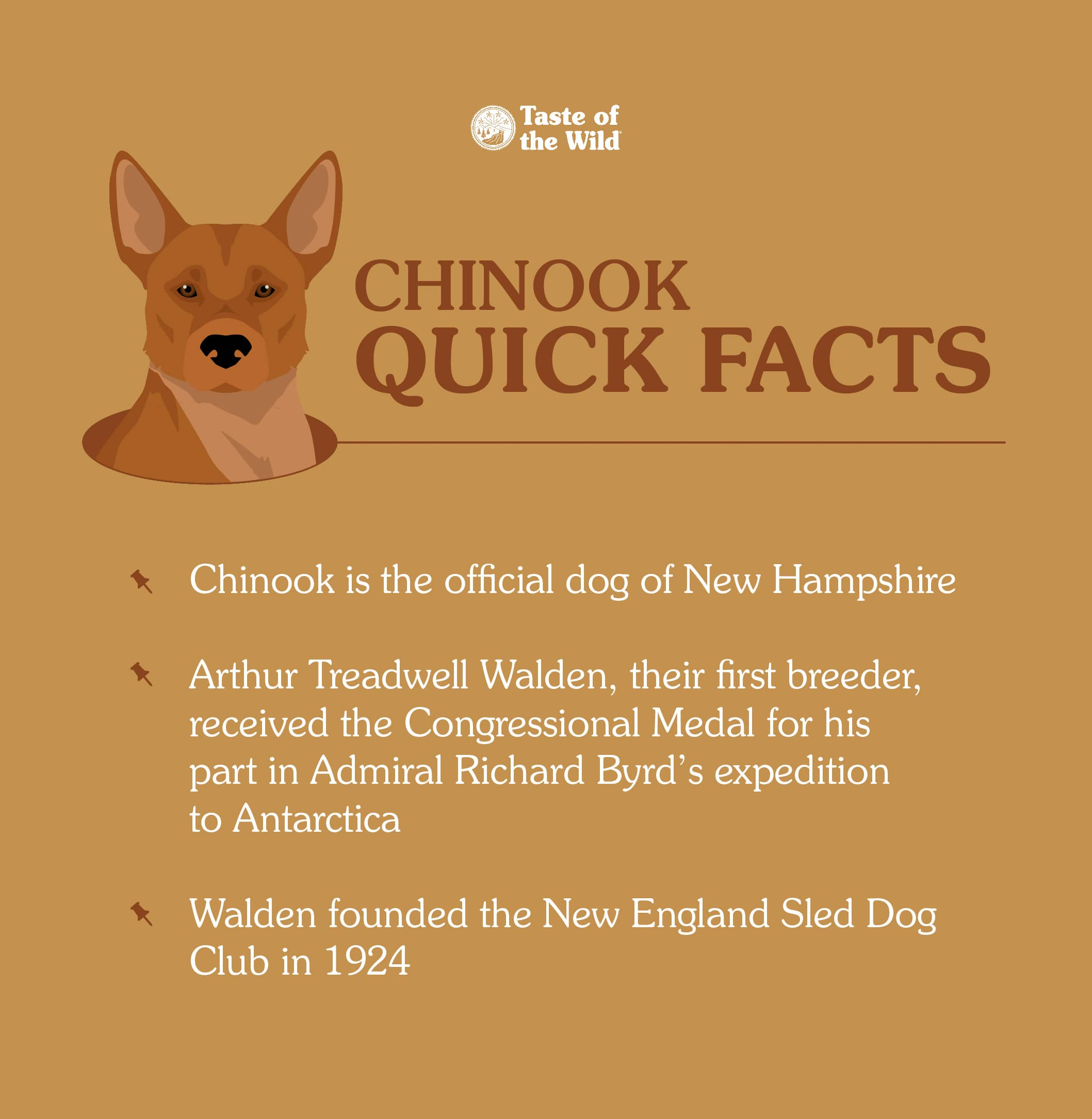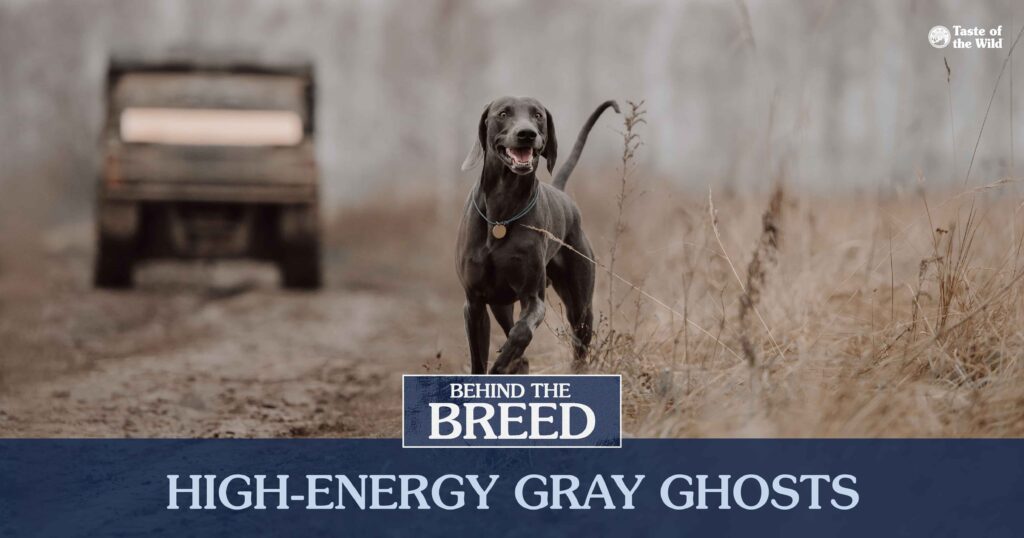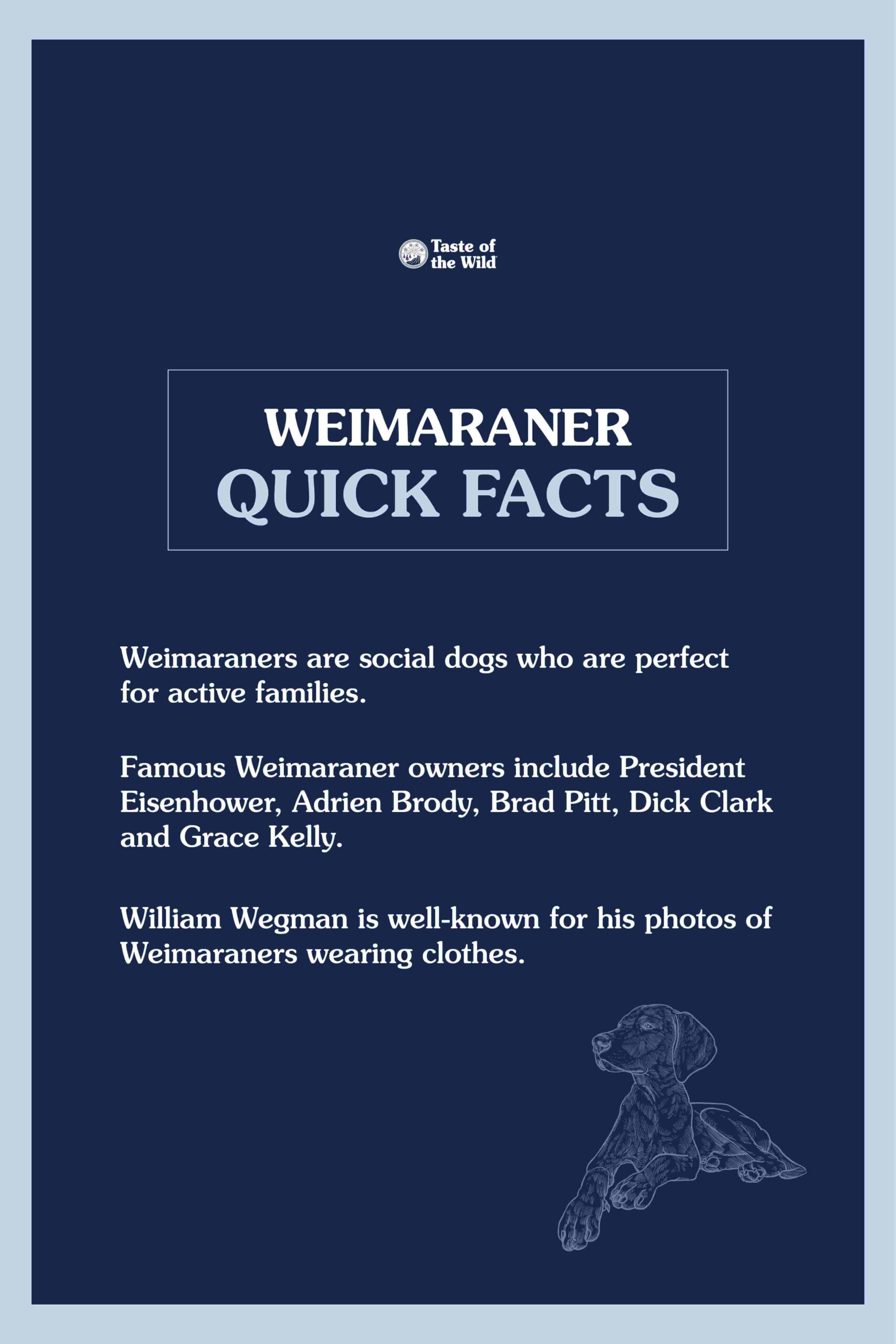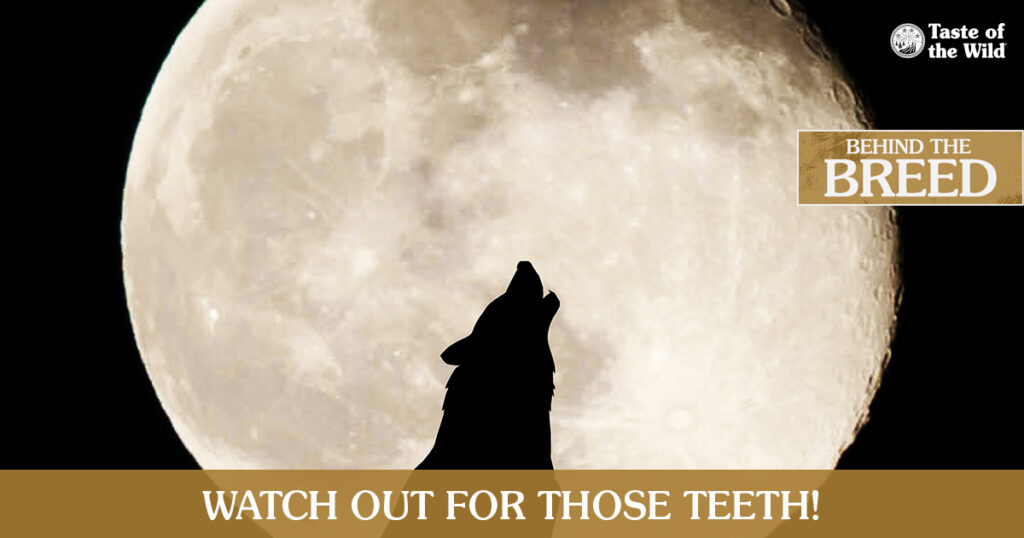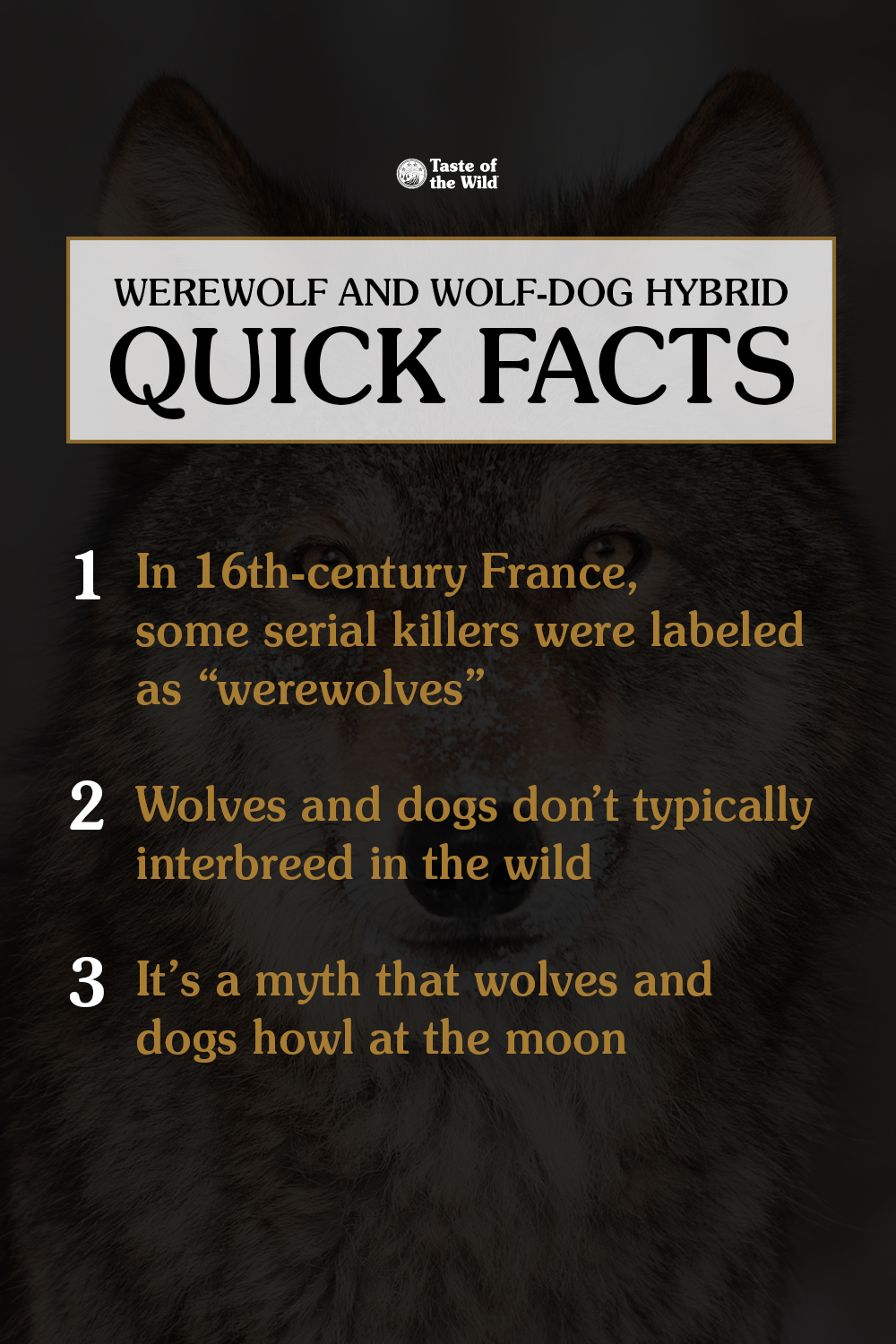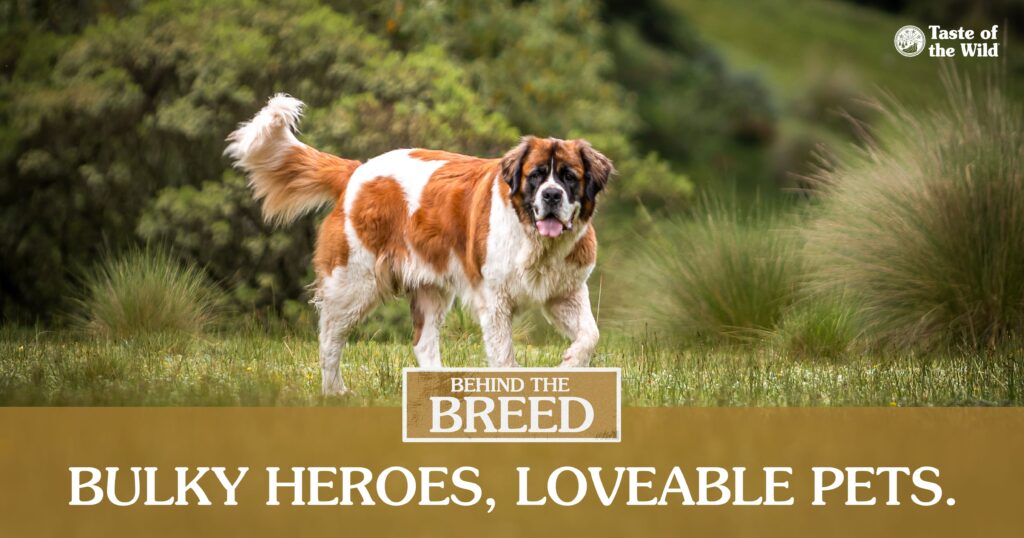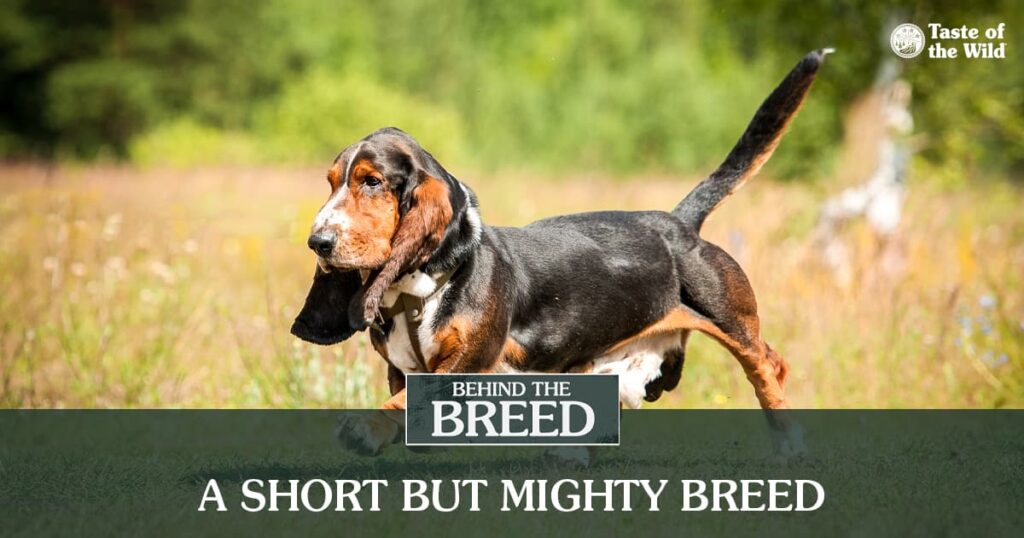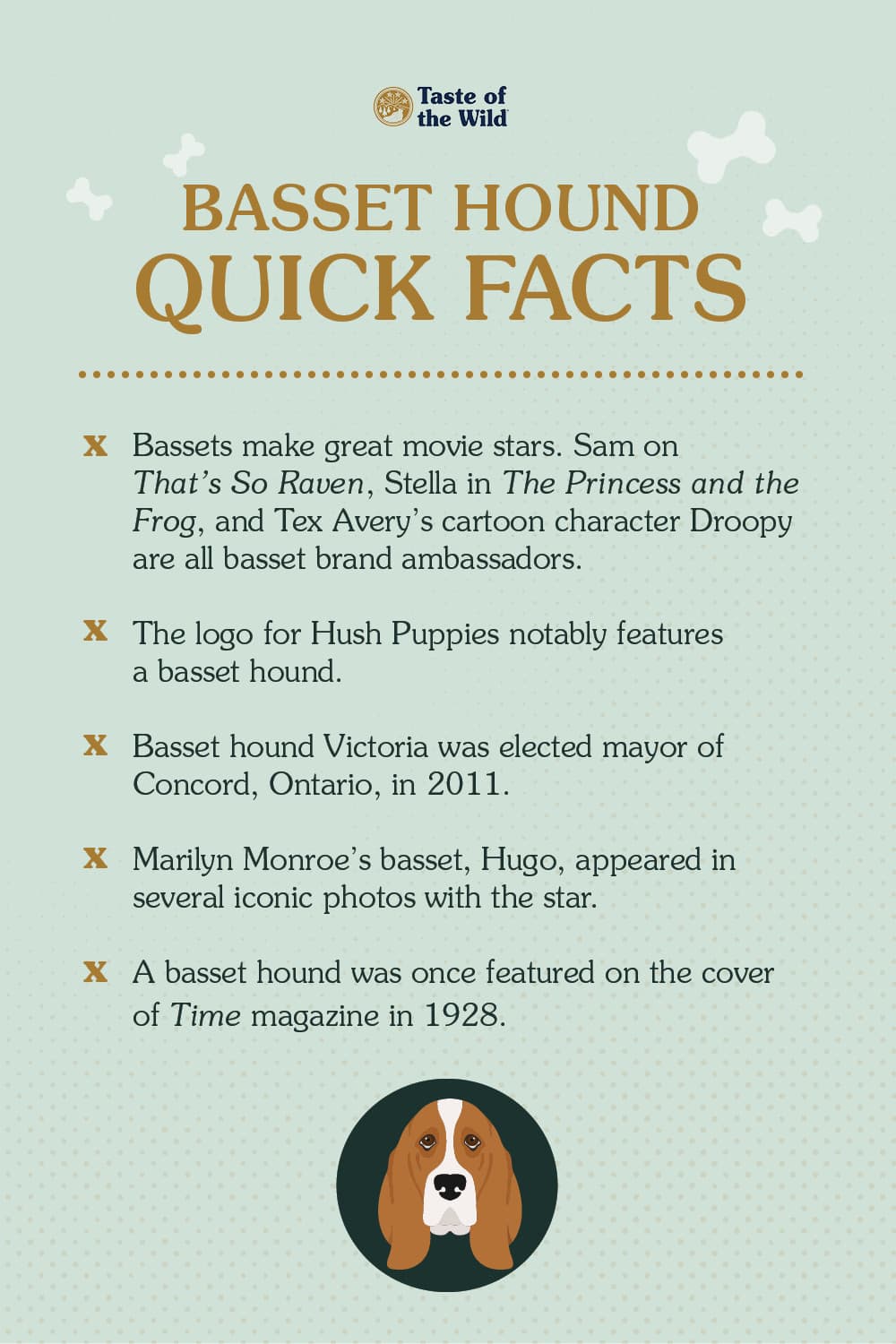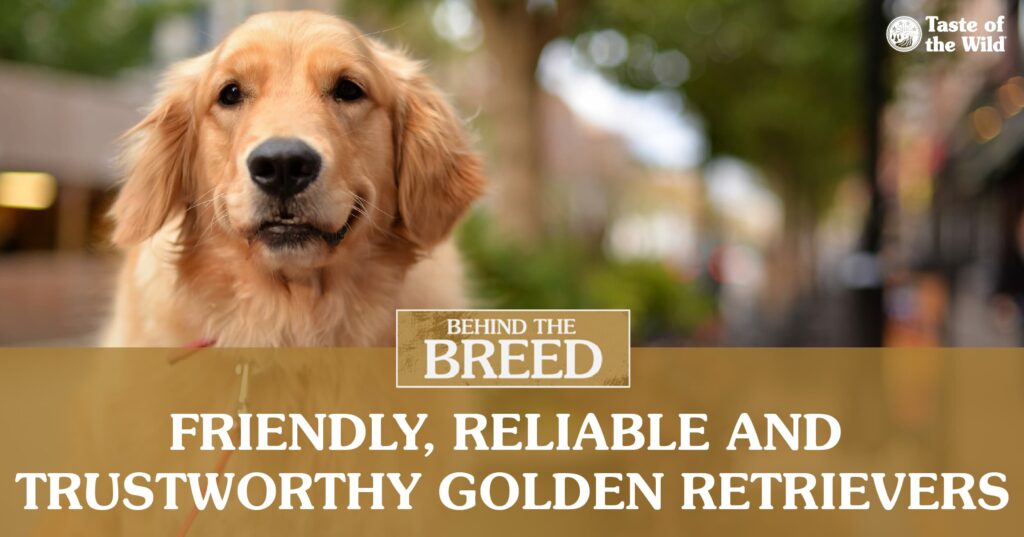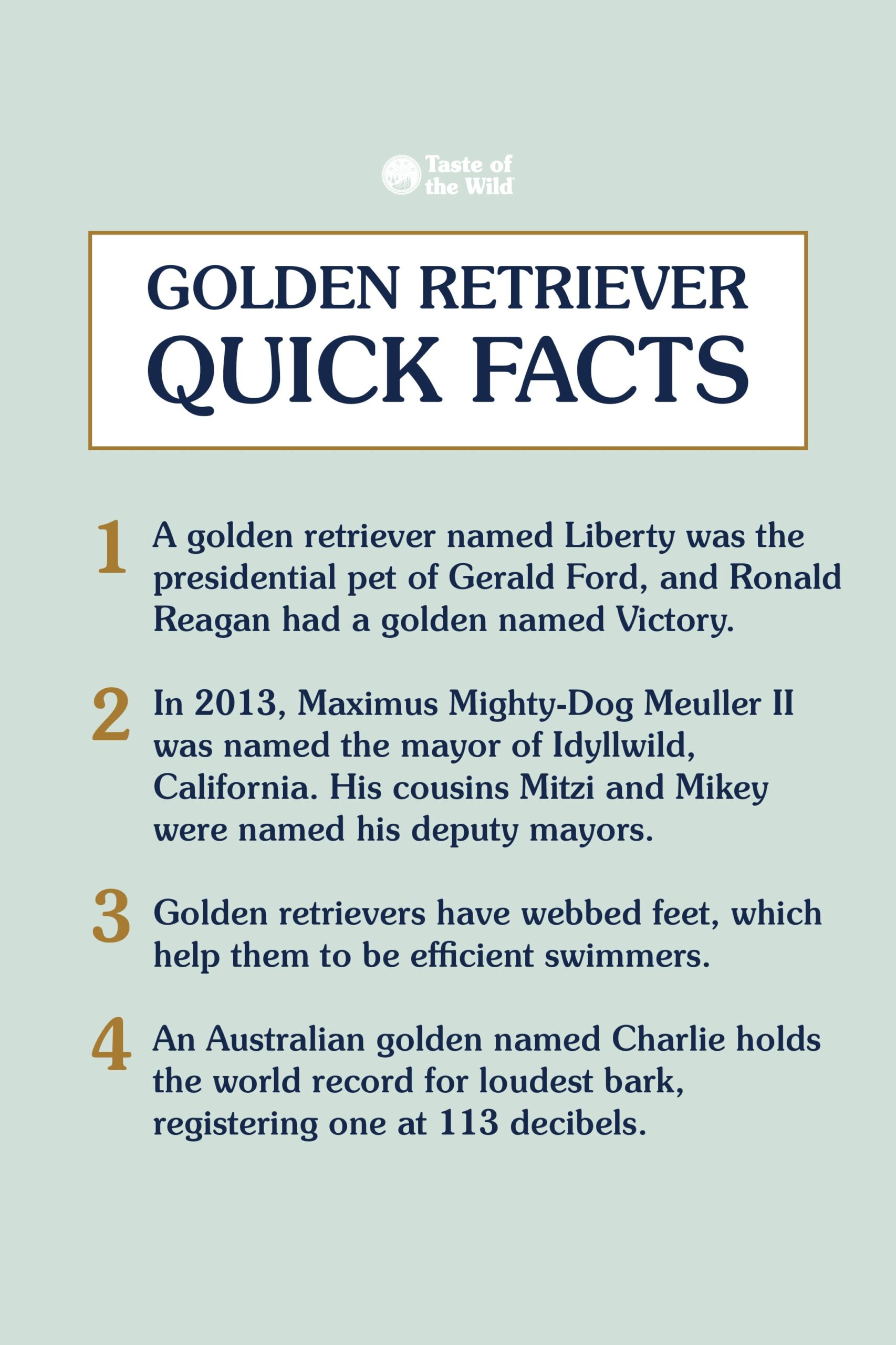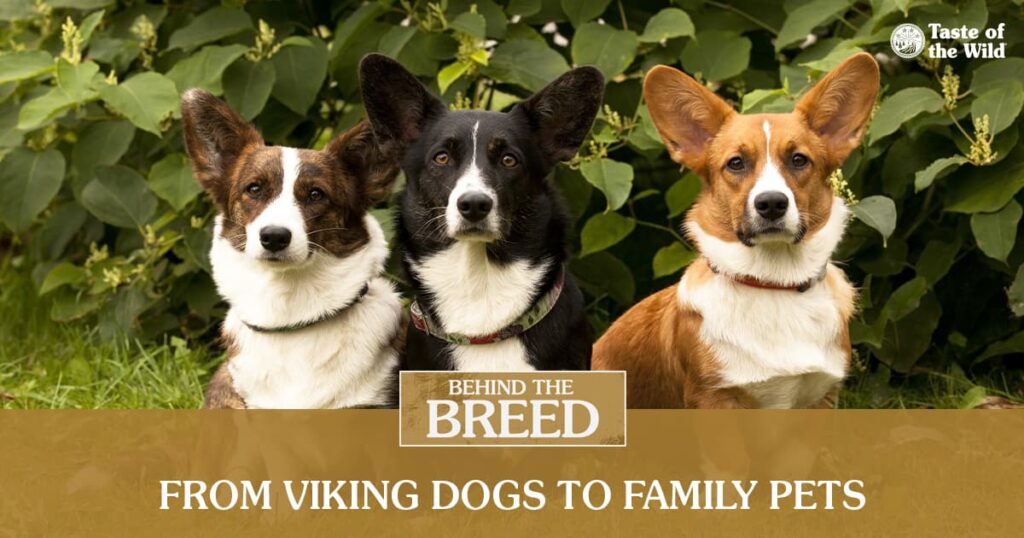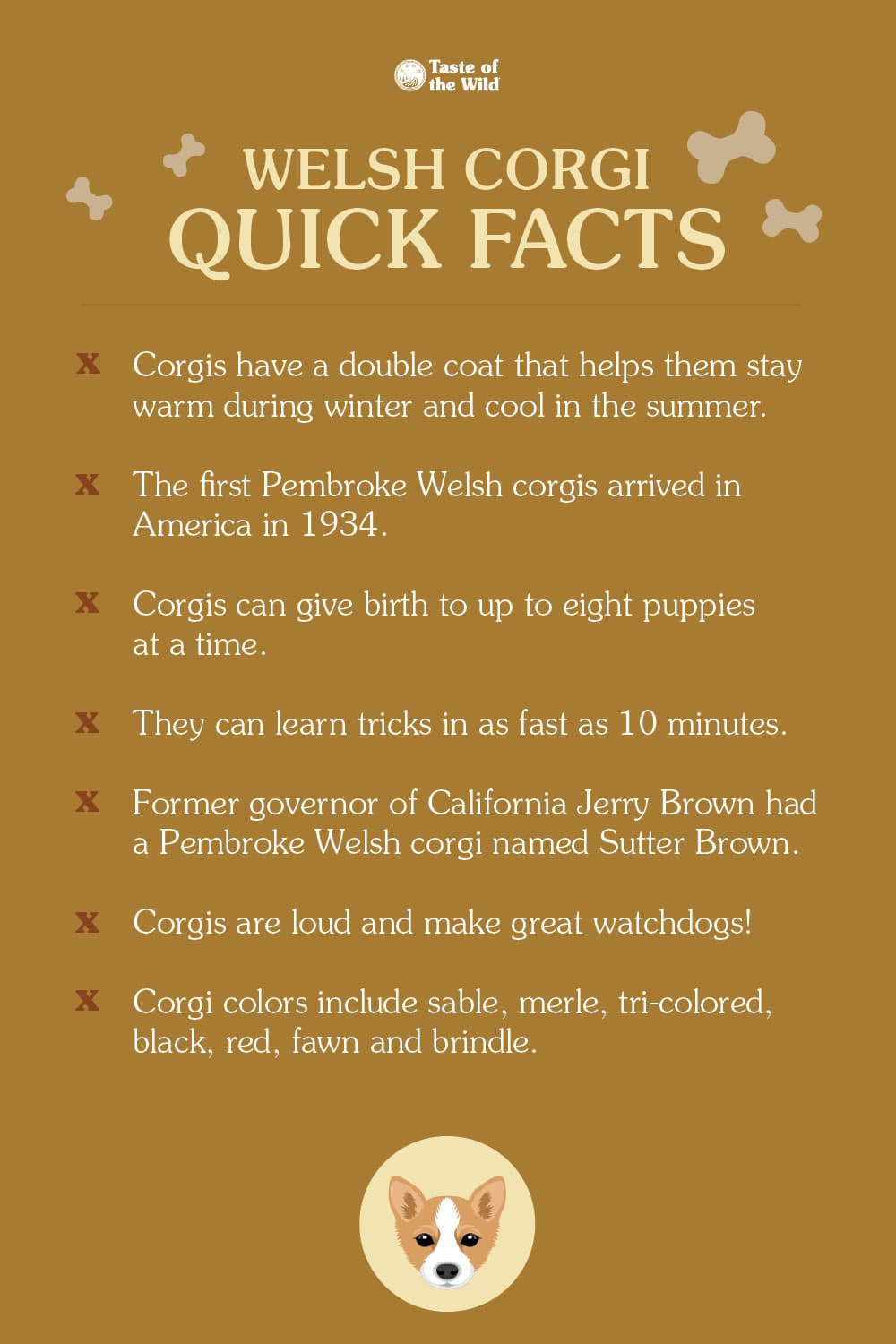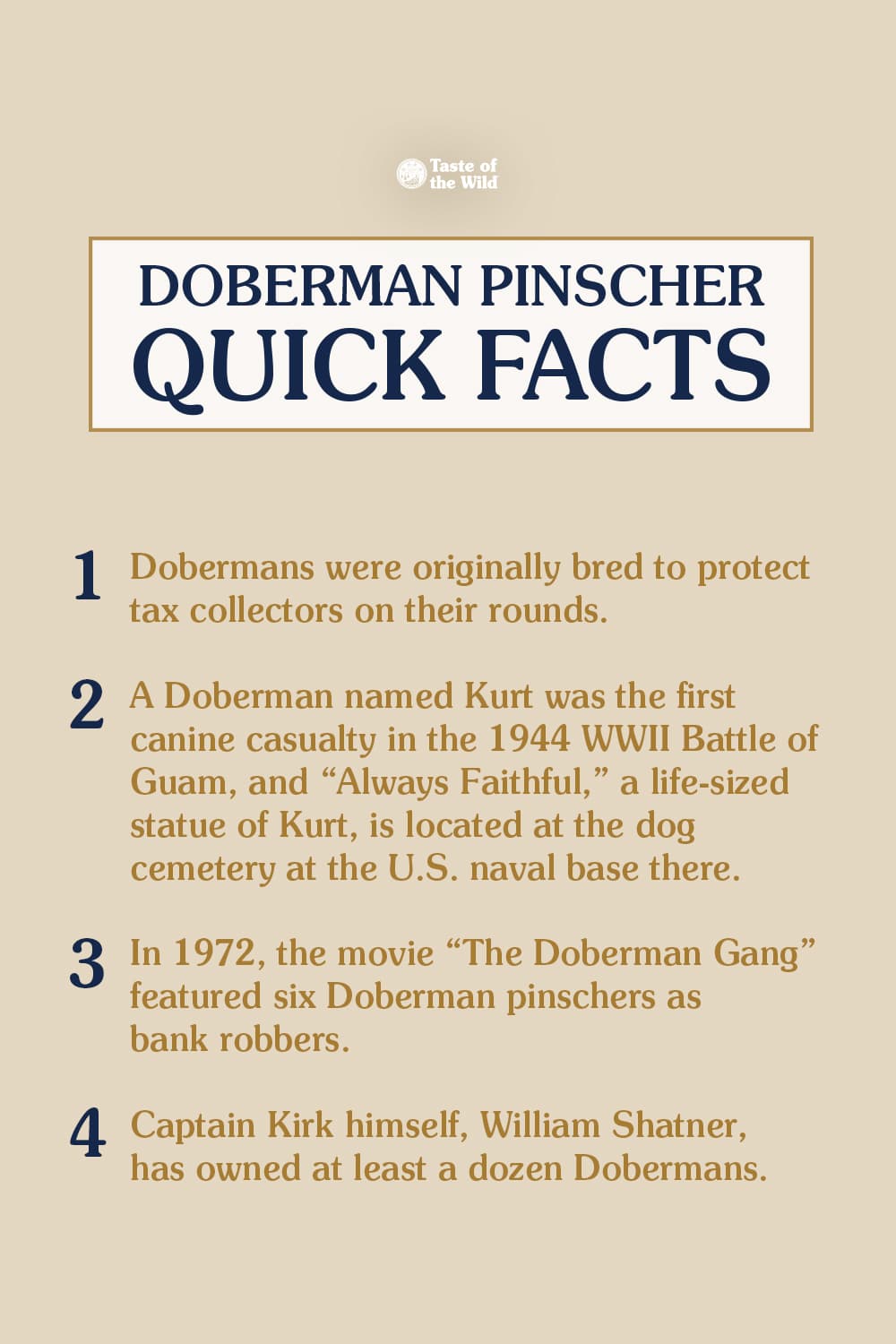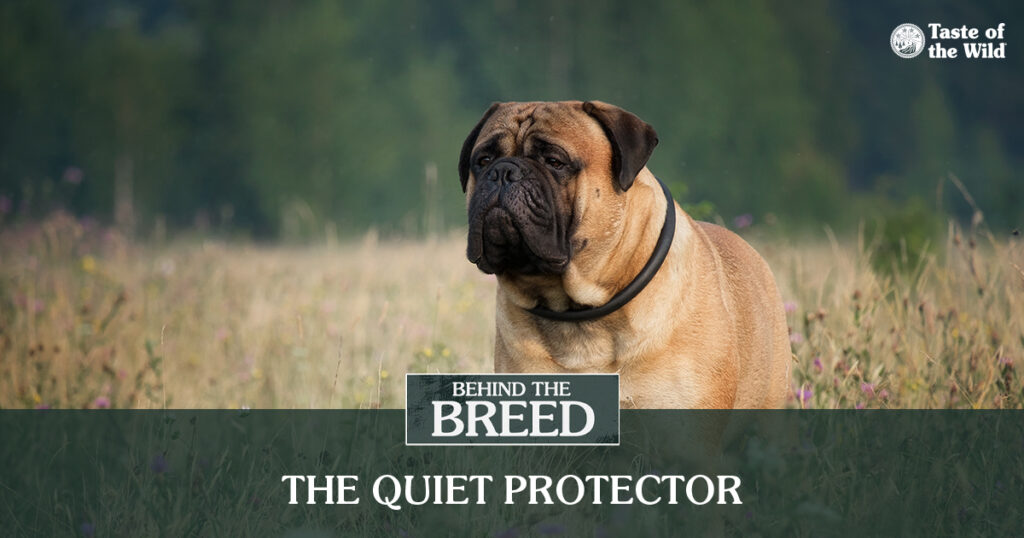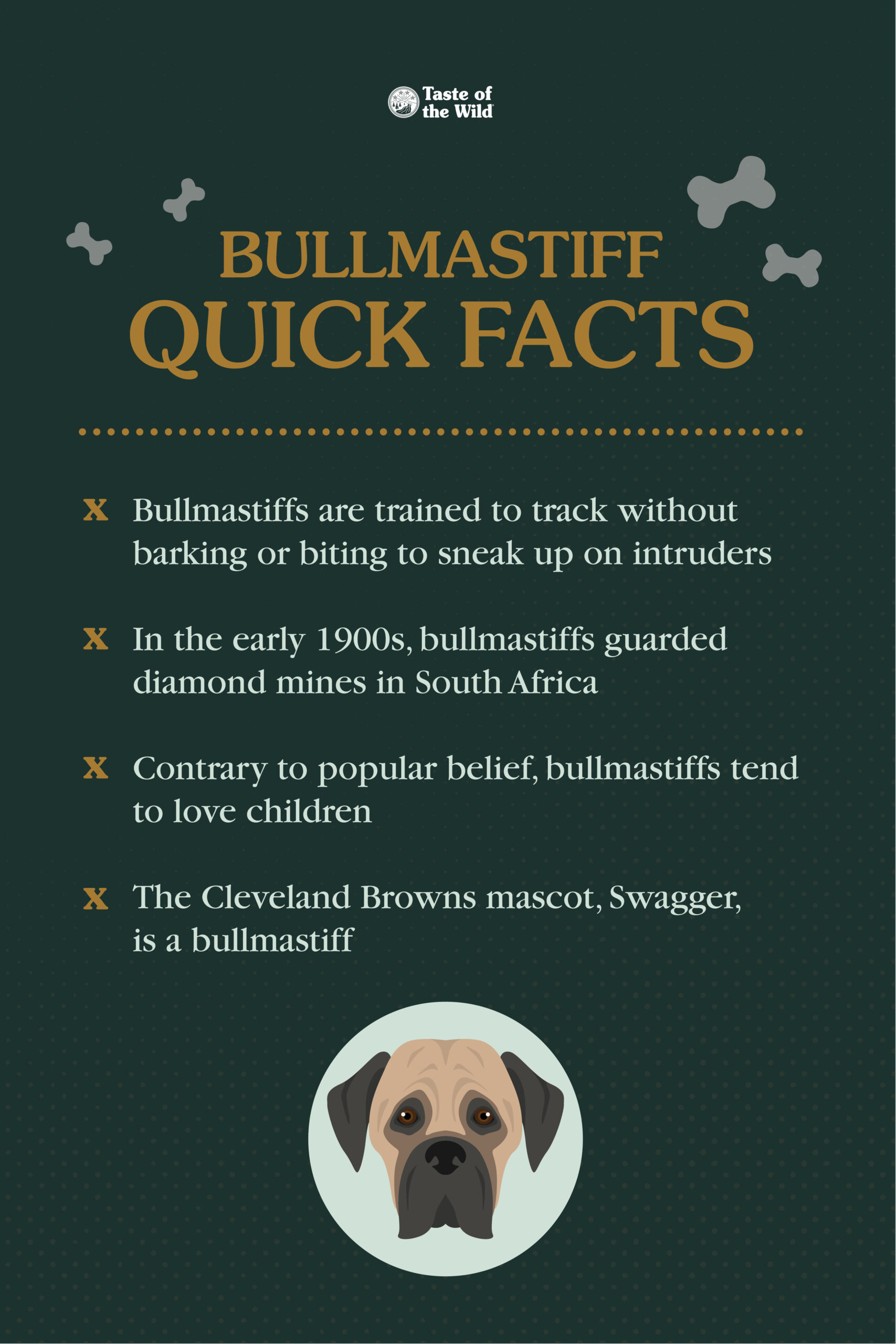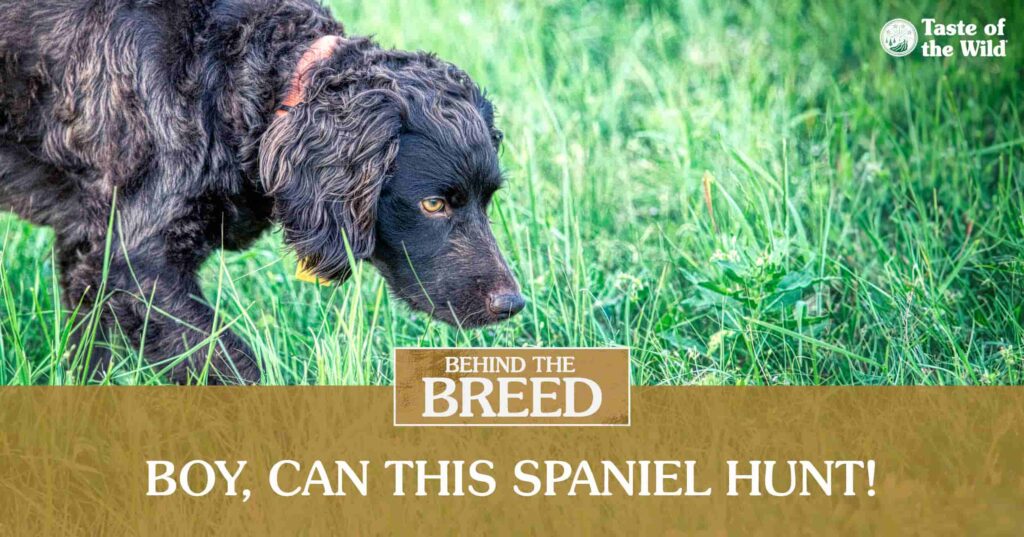
Have you ever wondered where a dog breed originated from? In our “Behind the Breed” series we’ll dive into the history, personality and physical appearance of a particular dog breed. We’ll also cover some of the FAQs about the breed and maybe some fun facts, too!
If you’re looking for a bird dog, there are many breeds to choose from — Brittany, Cocker spaniel, Weimaraner, standard poodle, just to name a few. Many of these bird dog breeds originated from outside of the U.S. a few hundred years ago, but one breed that stands out from the pack — because of its American roots and 20th century beginnings — is the Boykin spaniel.
What Is a Boykin Spaniel?
Originating in South Carolina in the 1900s, the Boykin spaniel is a relatively new dog breed that began with a stray dog named “Dumpy.” Take a look at some more interesting facts behind the Boykin spaniel breed.
The Split Boykin Spaniel Personality
If you’re looking for an efficient hunting companion that is a sweet and friendly family pet too, the Boykin spaniel could be the breed for you. These gentle but high-energy dogs are resourceful and efficient bird dogs that are also laid-back members of the household. The Boykin Spaniel Society (BSS) boasts that they’re a superb turkey dog, are adept at retrieving waterfowl and have a flair for flushing doves, pheasant, quail and grouse as well as deer driving or tracking deer. That’s one talented breed!
How Big Do Boykin Spaniels Get?
The Boykin spaniel size fits the medium dog category, coming in at around 35 to 40 pounds as an adult. Brown, liver and dark chocolate are the usual Boykin spaniel colors. They have a medium-length double coat, large, floppy ears and webbed toes that help them to retrieve waterfowl from lakes and swamps. You’re sure to get lost in the yellow, brown or amber eyes of a Boykin spaniel puppy!
Boykin Spaniel Care
A Boykin spaniel’s fur can be curly or wavy and typically requires at least weekly brushing to remove loose hair. They need daily exercise which could include swimming, agility, flyball or any of the other sports that these energetic dogs excel at. Adult Boykin spaniels make good family dogs for active households as long as they are well-socialized. Remember that all dogs should be supervised around young children.
Although they are generally healthy dogs, the Boykin Spaniel Society explains that there are a few inherited diseases that affect the breed. Reputable breeders will perform health tests for these genetic illnesses which include exercise-induced collapse, collie eye anomaly, degenerative myelopathy, juvenile cataracts, hip dysplasia, patella luxation and pulmonic stenosis. The Boykin Spaniel Foundation uses donations to provide a variety of services for Boykin spaniel owners including funding free heart and eye certification clinics, reduced cost DNA clinics and reimbursements to the BSS for performing the recommended health testing for inherited diseases.
Is a Boykin Spaniel Related to a Cocker Spaniel or Chesapeake Bay Retriever?
These versatile hunting dogs have a relatively short history compared to other dogs. According to the BSS, development of this spaniel breed began somewhere around 1905 to 1910 when avid hunter Alexander White adopted a small stray spaniel-type dog which he named “Dumpy.” Tested as a hunting dog, Alexander discovered that Dumpy had an aptitude for retrieving. So he sent Dumpy to be trained by his hunting partner, L.W. “Whit” Boykin, who was from a community just outside of Camden, South Carolina.
Dumpy showed off his talent further as an outstanding wild turkey and waterfowl retriever, and so became the foundation dog of the multipurpose retriever known now as the Boykin spaniel. Other dogs who are ancestors of Boykin spaniels probably include Chesapeake Bay retrievers, cocker spaniels, English springer spaniels and American water spaniels. Boykin spaniels were selected as the official state dog of South Carolina in 1985 and September 1 is celebrated as National Boykin Spaniel Day.
Where Can You Find Boykin Spaniel Puppies?
The BSS provides a list of questions to ask yourself before you decide to adopt a Boykin spaniel puppy, as well as other resources. To make sure you’re adopting a healthy, purebred puppy from a reputable breeder, browse the Boykin spaniel preferred breeder list on the BSS website. If you’d rather adopt an older dog, you can look for breed specific rescues at Boykin Spaniel Rescue. Of course, a Boykin spaniel with a little bit of something else mixed in can be a great dog, too. Because why not adopt a mutt?
Boykin Spaniels FAQs
What is the lifespan for a Boykin spaniel?
The Boykin spaniel lifespan is 10 to 15 years.
When did the AKC recognize Boykin spaniels as a breed?
Boykin spaniels became an American Kennel Club recognized breed in 2009 in the sporting breeds group.
Is there a Boykin Spaniel Club?
Yes, there are many regional Boykin spaniel clubs.
Let’s do a Boykin spaniel overview. They’re a medium-sized brown dog with floppy ears and webbed toes. They make great hunting partners and sweet family dogs, and it all started with a little stray dog in South Carolina named “Dumpy.”



